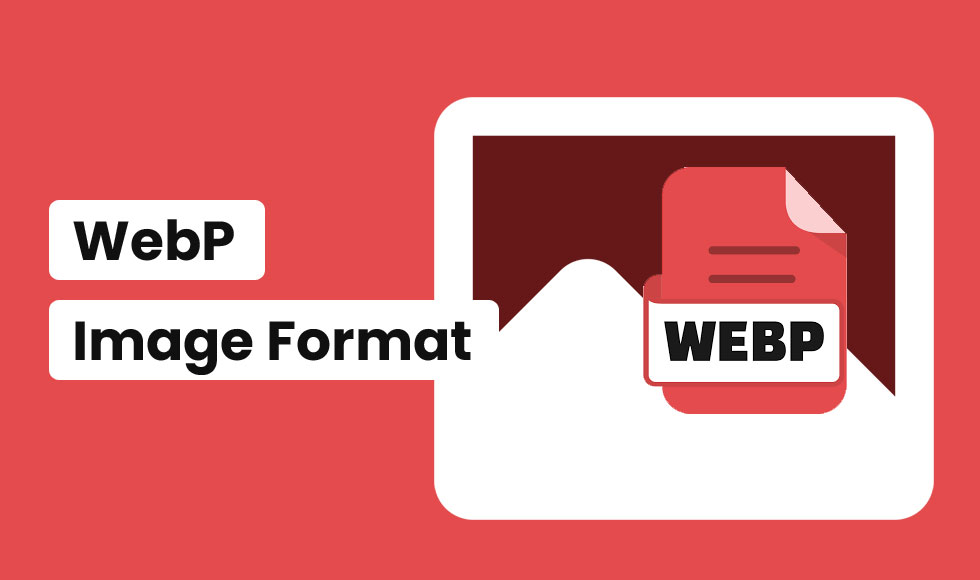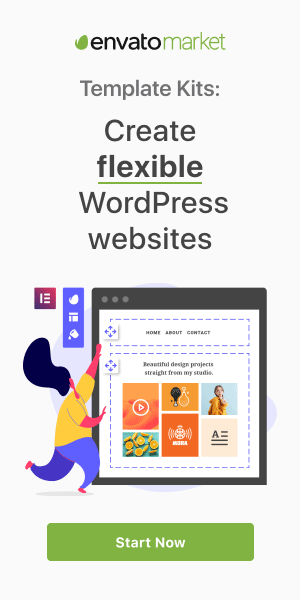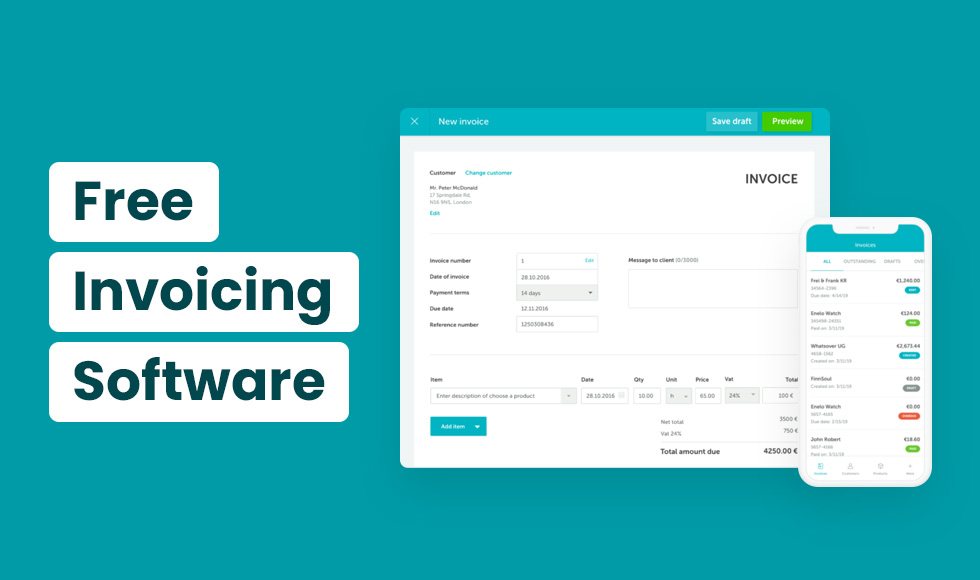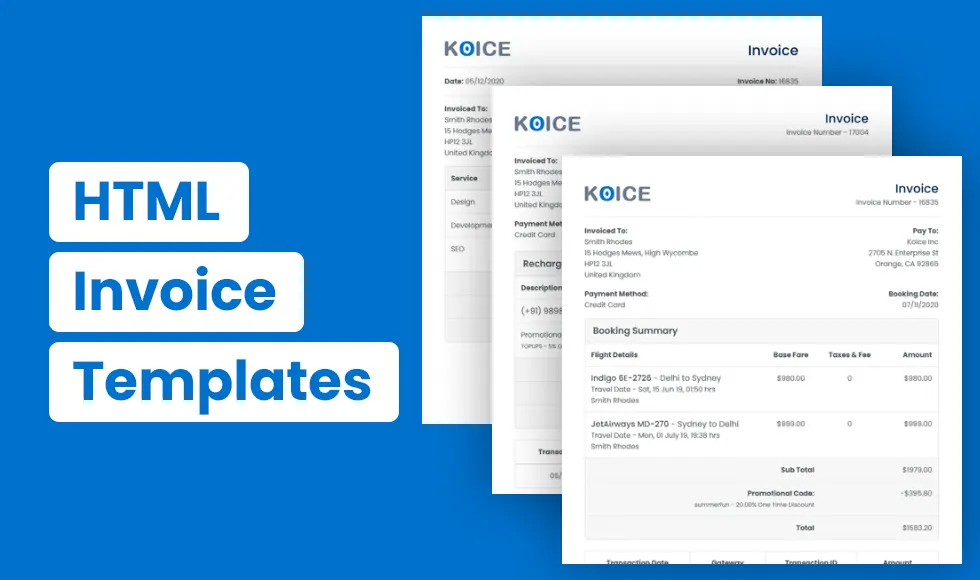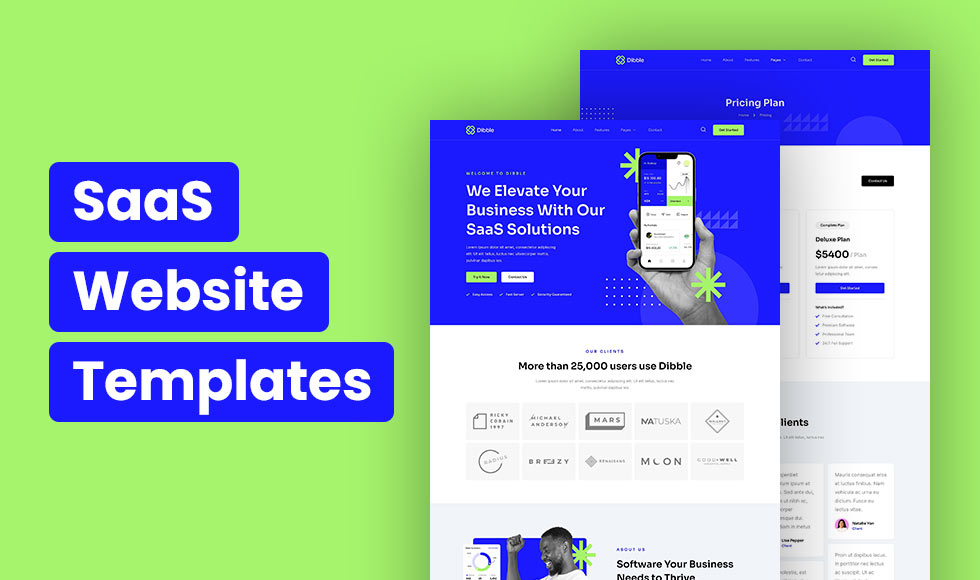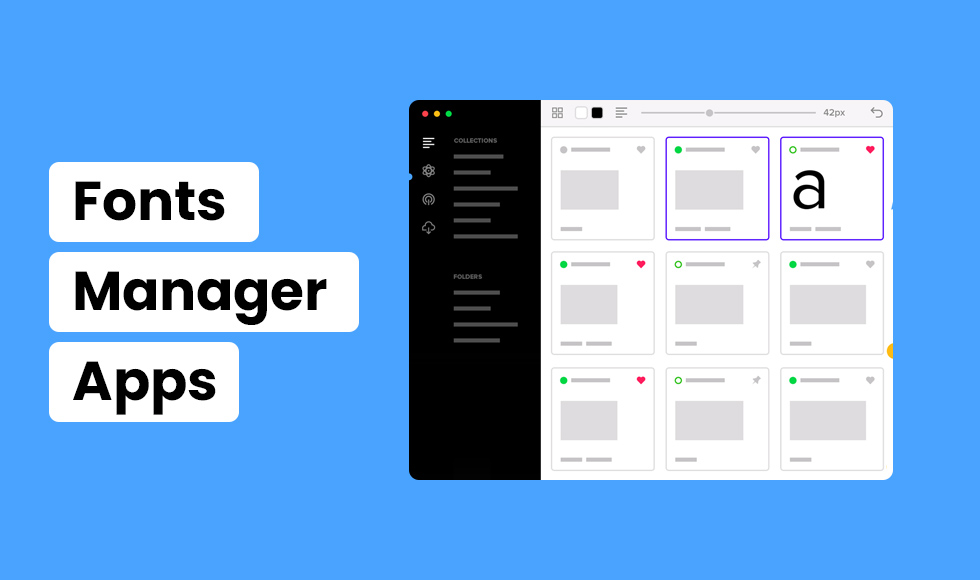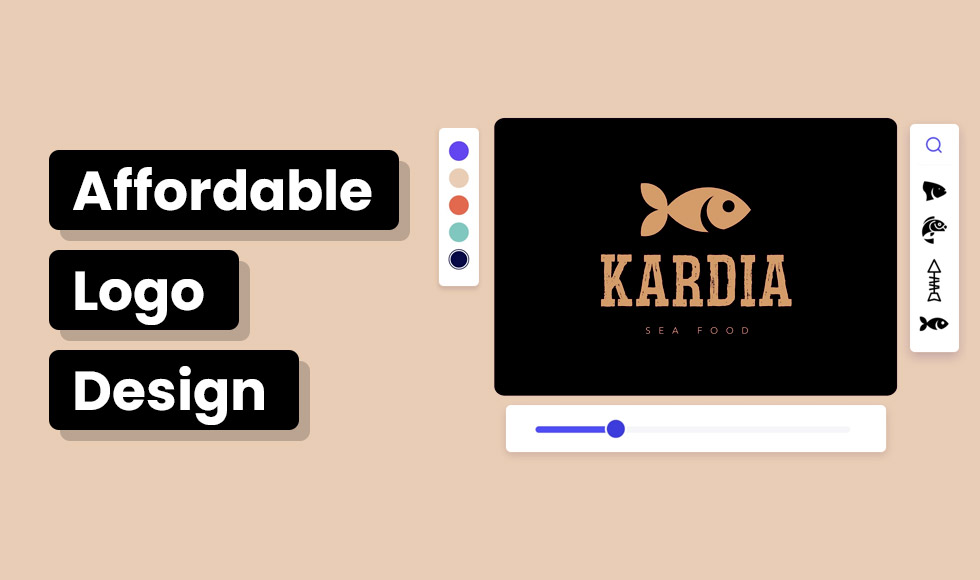Nowadays, it’s hard to keep track of all the image formats and their use cases. So, in this article, we’ll investigate some of the advantages of the WebP format over some of the more conventional file formats, especially, JPG.
A New Image Format Created by Google
WebP is a modern image format developed by Google that supports lossless and lossy compression, reducing image size while maintaining excellent image quality.
Balancing image quality and optimization is a challenge that most website owners come across. JPEG and PNG, the main formats, require trade-offs between quality and file size. To answer this dilemma, Google introduced the WebP format in 2010.
WebP has been steadily gaining traction among developers, with numerous applications already incorporating it. Familiarizing yourself with this new image format is important to ensuring your website stays current with the evolving trends.
How Does WebP Work?
One of the appeals of this image format is that it supports both lossy and lossless compression.
Lossy WebP compression uses predictive coding to encode an image, the same method used by the VP8 video codec to compress keyframes in videos. Predictive coding uses the values in neighboring blocks of pixels to predict the values in a block and then encodes only the difference.
At the equivalent SSIM quality index, WebP lossy images are 25-34% smaller than comparable JPEG images.

Same picture and dimensions in WebPformat, 126 KB.

Same picture and dimensions in WebPformat, 126 KB.
Lossless WebP compression uses already seen image fragments in order to exactly reconstruct new pixels. It can also use a local palette if no interesting match is found. Compared to popular image formats, WebP lossless images are 26% smaller in size compared to PNGs.
For a detailed explanation, consider reading Google’s documentation.
What Are the Benefits of WebP?
WebP offers several advantages over JPEG and PNG formats, making it a preferred choice for many websites. Let’s explore these benefits:
- 1. Superior Compression: WebP provides excellent image quality with significantly smaller file sizes, saving web storage space, crucial for large e-commerce websites with numerous images.
- 2. Reduced Bandwidth Usage: By consuming less bandwidth, website owners can save on hosting costs and ensure seamless performance even during peak traffic periods.
- 3. Improved Website Speed: With smaller file sizes, WebP enhances website performance, ensuring quicker page loading times for visitors.
- 4. Enhanced SEO: A website with rich images that loads instantly is likely to outperform a sluggish one in search engines. Beyond optimizing for SEO, a website with rich picture content is visually appealing and will encourage visitors to stay longer on your website.
- 5. Lossy and Lossless Compression: WebP supports both lossy and lossless compression, enabling users to choose based on their requirements.
- 6. Alpha Transparency: Unlike JPEG, WebP supports alpha transparency, allowing for the creation of transparent images regardless of compression type.
- 7. Animation Support: WebP’s support extends to animated images. Compared to the popular animation image format GIF, WebP files are substantially smaller in size but demonstrate a higher quality.
Browser Support for WebP
Despite significant adoption by major web browsers like Google Chrome and Bing, WebP may not be supported in all browsers and applications due to its relatively new status. Consequently, older browsers may not render WebP images on your website.
To address this issue, it’s a good idea to implement a fallback mechanism. The fallback mechanism will serve PNG or JPEG versions of images when WebP is not supported. You can monitor WebP integration using the online compatibility checker available on caniuse.com.
Converting Images to WebP
Depending on your CMS, there are several ways to convert your images to WebP. Below, we have included 4 of our favorite software solutions; 2 web apps that operate CMS independently, and 2 WordPress plugins. All our picks are free to use!
Resize.com
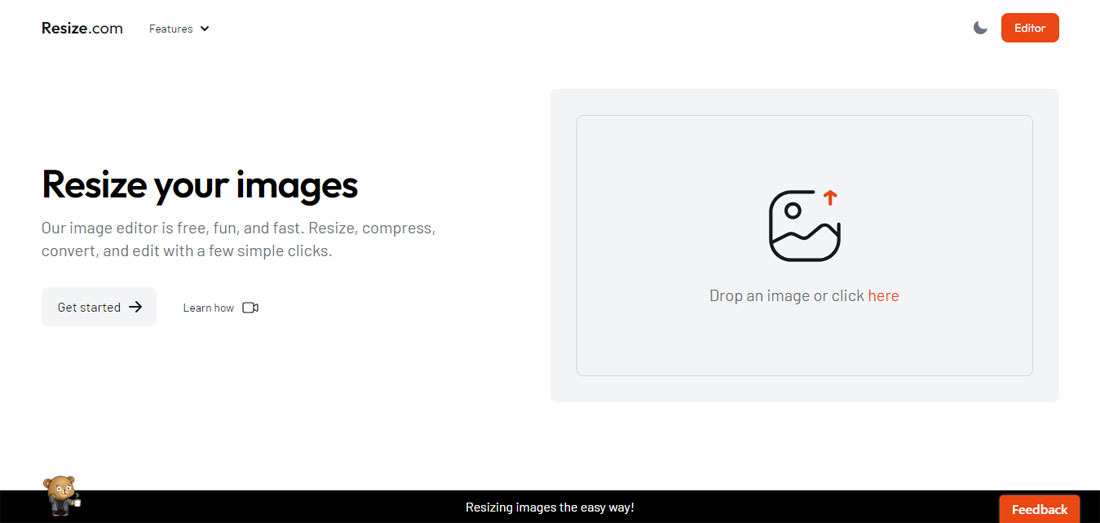
With resize.com you can resize and convert images to WebP (except on Safari). The app is free and boasts an intuitive UI. When writing this article, the company does not offer an API or a premium service.
OpimizeImages
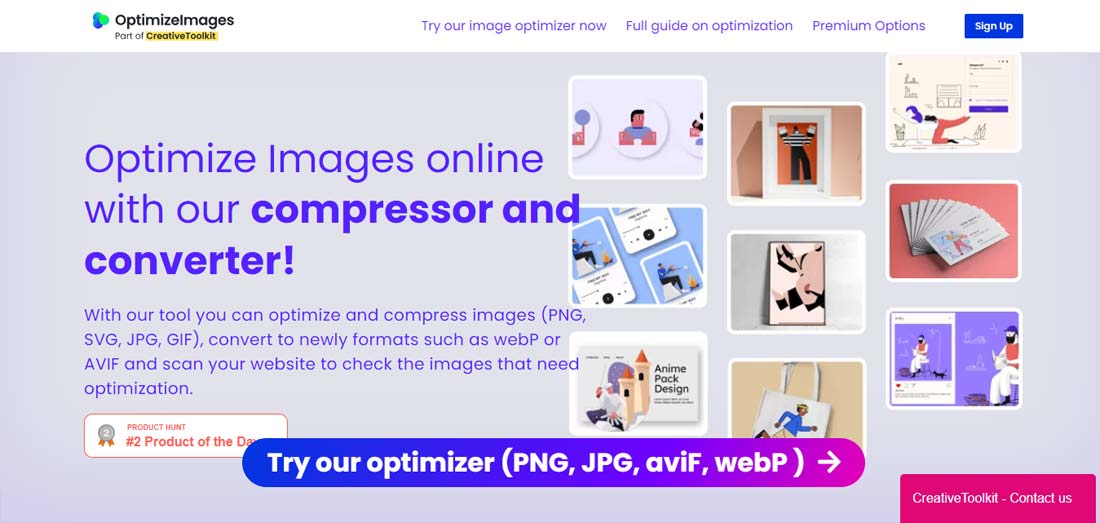
OptimizeImages.com is an online application to optimize and convert JPG, PNG, SVG, and GIF to AVIF and WebP. The application is free but also features premium plans for bulk conversions and optimization starting at $9 per month.
Converter for Media

“Converter for Media” WordPress plugin that can help you accelerate your website and seamlessly integrate WebP and AVIF without compromising quality. With this plugin, you won’t need to manually convert your existing images. Once installed, it automatically optimizes your images, replacing standard JPEG, PNG, and GIF files with the more efficient WebP and AVIF formats.
WebP Express
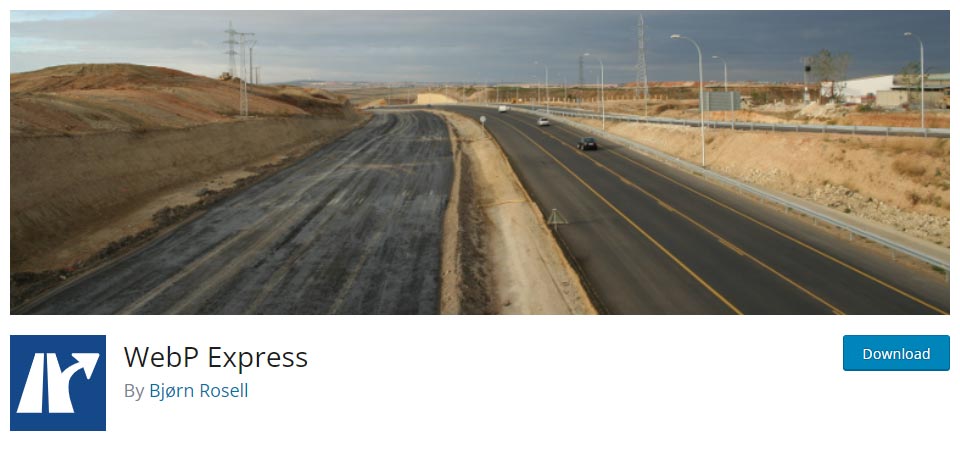
“WebP Express” – a WordPress plugin created to add WebP image support to your site. With this plugin, manual image conversion becomes a thing of the past. Upon installation, it will replace conventional JPEG, PNG, and GIF files with the WebP format. Plus, for browsers lacking WebP support, the plugin intelligently serves JPEG and PNG files as a fallback, ensuring a seamless browsing experience for all users.
Conclusion
Although not universally supported yet, WebP has gained traction among web developers in recent years due to its many advantages. With increasing adoption by browsers and applications, it’s positioned to become an industry standard.
In 2024, according to W3 Techs, 77,3% of websites use JPG compared to 12% adoption for WebP. However, the trend is growing upwards for WebP.By leveraging WebP and its features, you can enhance your website performance. This guide aimed to highlight the key benefits of WebP and provide insights on implementing it effectively. We hope it has deepened your understanding of WebP and encouraged you to utilize it to its fullest potential.

